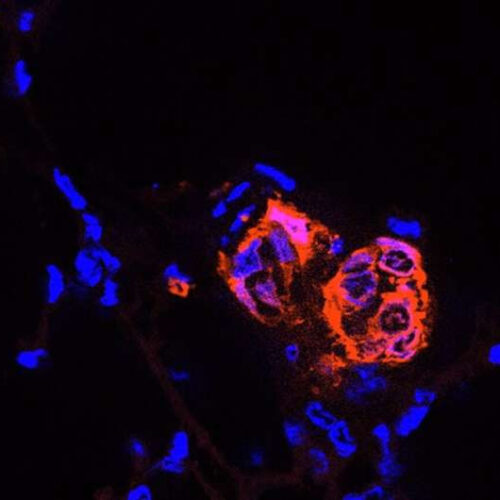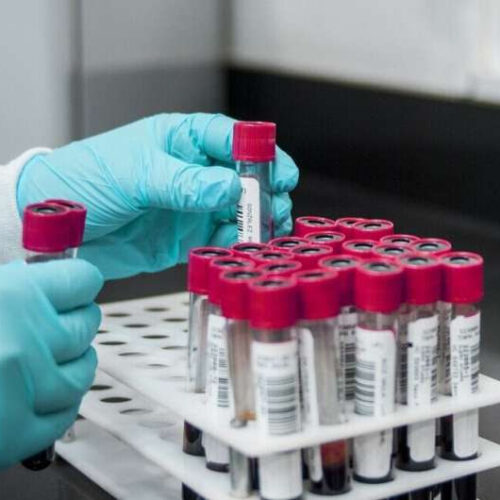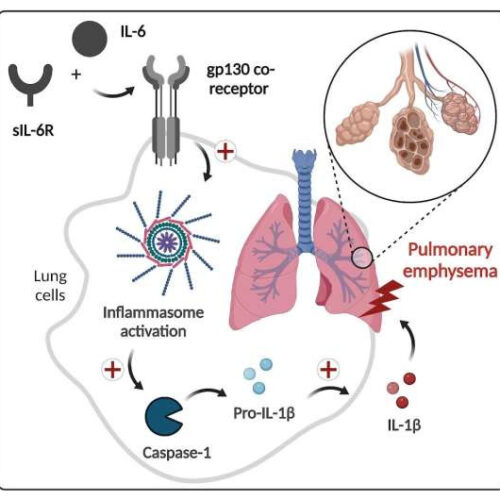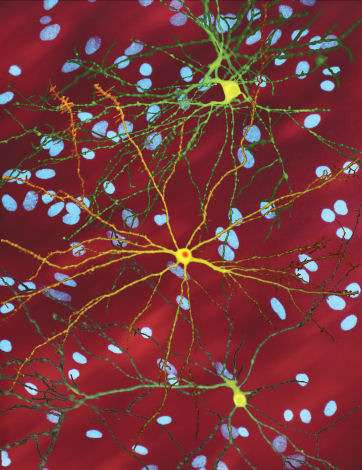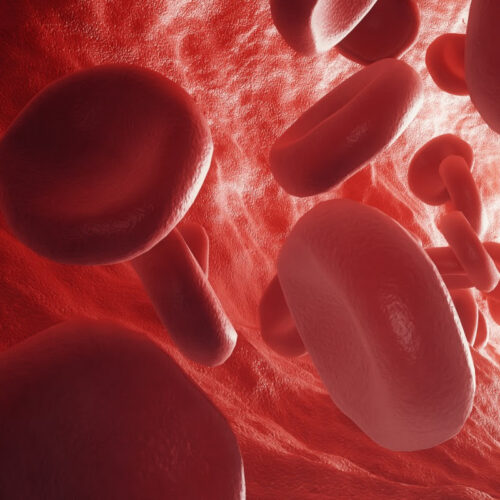by Erica Yirenkyi, Iva Toudjarska, University of Connecticut Graphical abstract. Credit: Molecular Therapy (2024). DOI: 10.1016/j.ymthe.2024.10.020 Since its discovery in 1998 and winning the Nobel Prize in 2006, ribonucleic acid (RNA) interference has become an invaluable tool for drugmakers to silence disease-causing genes. Nearly three decades later, drug makers have developed six approved small interfering RNA (siRNA) therapeutics...
Tag: <span>molecules</span>
Chemists make ‘impossible’ molecules that break 100-year-old bonding rule
Organic molecules, which contain carbon (pictured), form certain shapes because of how their atoms bond.Credit: Dennis Kunkel Microscopy/Science Photo Library For the first time, chemists have made a class of molecules previously thought too unstable to exist, and used them to generate exotic compounds. Scientists say these notorious molecules, known as anti-Bredt olefins (ABOs), offer a new...
New molecules to modulate gene expression
A new research paper published in Nature Communications lays the groundwork for the development of new drugs specific to genetic mutations or alterations responsible for the onset of tumours or genetic diseases Peer-Reviewed PublicationISTITUTO ITALIANO DI TECNOLOGIA – IIT IMAGE: BLOCKING OF THE SPLICING ACTIVE SITE BY SPECIFIC SMALL MOLECULES view moreCREDIT: ISABEL ROMERO CALVO/EMBL...
TEST MEASURES THOUSANDS OF MOLECULES FROM 1 BLOOD DROP
The new approach combines a microsampling device—a tool used to self-administer a finger prick—with “multi-omics” technologies, which simultaneously analyze a vast array of proteins, fats, by-products of metabolism, and inflammatory markers. “Even more importantly, we’ve shown you can collect the blood drop at home and mail it into the lab,” says Michael Snyder, director of...
The molecules behind metastasis
by Greta Friar, Whitehead Institute for Biomedical Research Breast cancer stem cells (red) that have reached the lung begin to divide into clusters that could become metastatic tumors. Credit: Arthur Lambert Many cancer cells never leave their original tumors. Some cancer cells evolve the ability to migrate to other tissues, but once there cannot manage...
The gut microbiome’s supersized role in shaping molecules in our blood
by Institute for Systems Biology Credit: Pixabay/CC0 Public Domain Scientists from the Institute for Systems Biology (ISB) have shown which blood metabolites are associated with the gut microbiome, genetics, or the interplay between both. Their findings will be published in the journal Nature Metabolism and have promising implications for guiding targeted therapies designed to alter the composition...
Isolating the molecules that trigger emphysema
by Hudson Institute of Medical Research Credit: Hudson Institute of Medical Research Emphysema is the major debilitating component of the lethal chronic obstructive pulmonary disease (COPD), which was the third leading cause of death worldwide in 2019, causing 3.23 million deaths. Researchers at Hudson Institute are investigating how uncontrolled activation of the immune system in...
Scientists edge closer to probe that would inspect atherosclerotic plaques by forcing molecules to sound their presence
Skoltech researchers and their colleagues have come one step closer to a working optoacoustic endoscopic probe — a device that could slip inside a blood vessel and analyze atherosclerotic plaques by shining laser light on them to make them wobble like a loudspeaker membrane and betray their chemical composition with an ultrasound signature. This could prove...
Researchers get down to the molecules of disease occurrence
by Max Martin, University of Western Ontario A montage of three images of single striatal neurons transfected with a disease-associated version of huntingtin, the protein that causes Huntington’s disease. Nuclei of untransfected neurons are seen in the background (blue). The neuron in the center (yellow) contains an abnormal intracellular accumulation of huntingtin called an inclusion body...
“Harbinger” molecules could predict dementia up to 5 years in advance
By Nick Lavars October 11, 2021 Red blood cells in vein or artery, flow inside a living organism. 3d renderingRost9/Depositphotos Earlier detection of dementia could open up far more effective ways to treat and manage the condition, and one place scientists are increasingly turning to for warning signs is the blood. A new study has...

